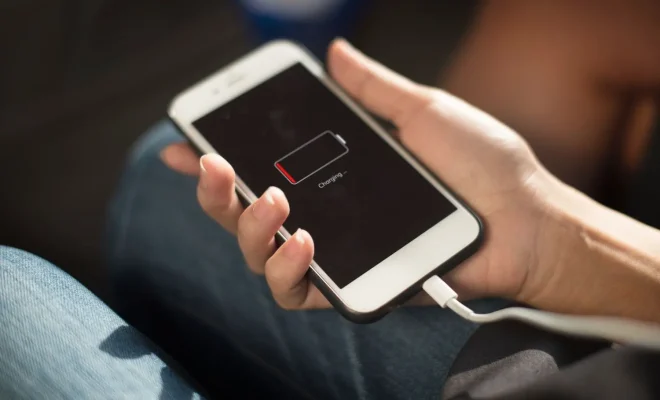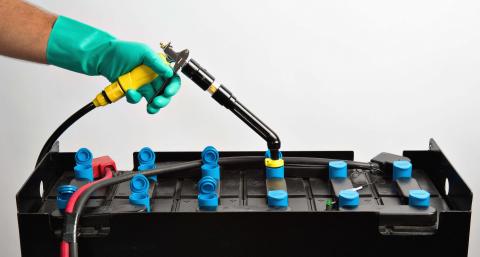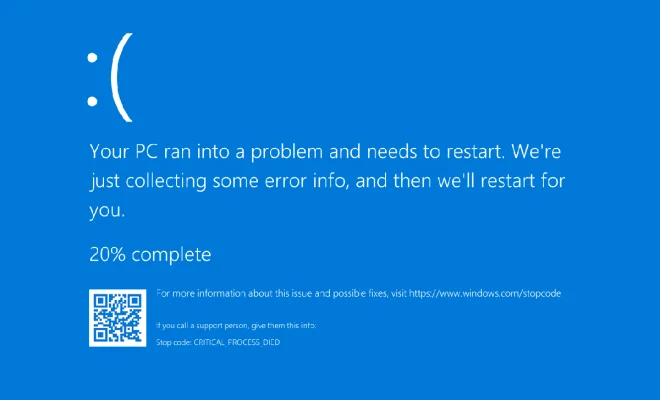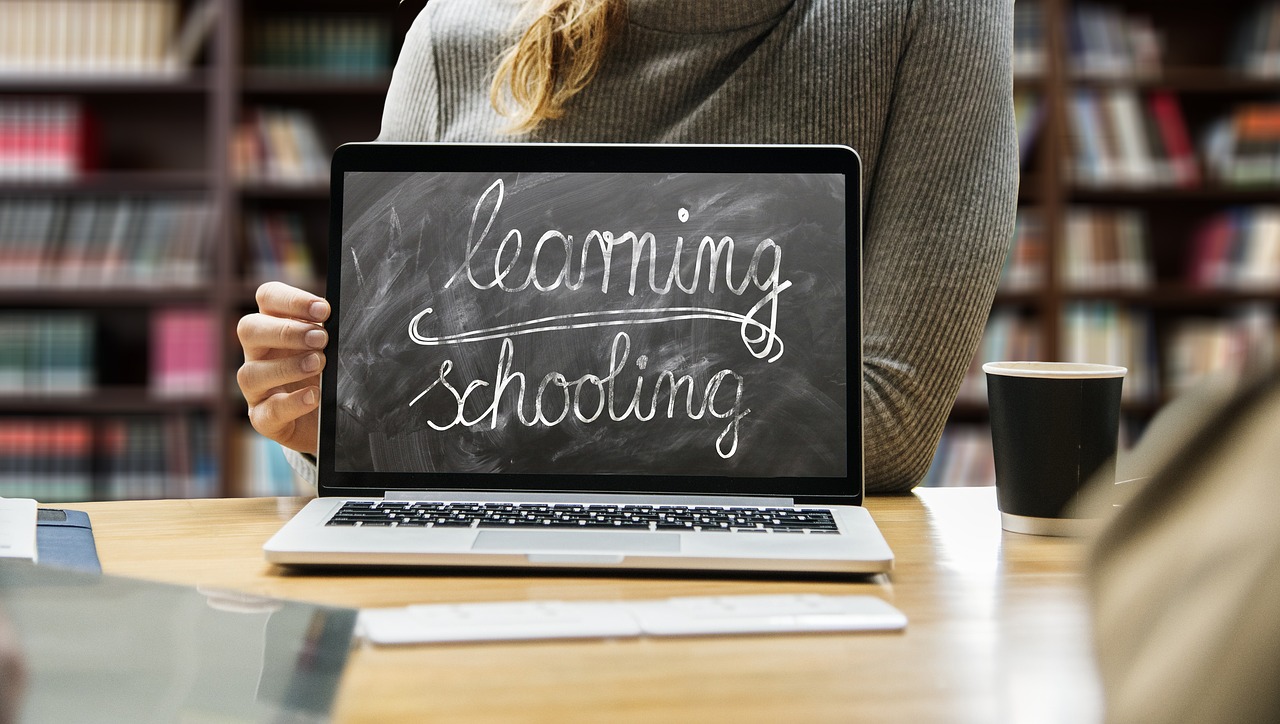Exploring Scenario-based Learning For Young Students

Scenario-based learning is becoming an incredibly popular teaching method in the classroom for several reasons. This education style helps develop and improve students’ decision-making and problem-solving skills by introducing them to various hypothetical situations that require a solution.
If you are a teacher who would like to incorporate this form of education into your lessons, you have come to the right place. This article will discuss what scenario-based learning is, what it can be used for in the classroom, and when it is not necessary.
What Is Scenario-based Learning?
As we have already mentioned, scenario-based learning is a popular educational approach that provides students with real-life hypothetical problems. The students then need to find solutions to these problems, ultimately sharpening their problem-solving, decision-making, and thinking skills.
Scenario-based learning is an active approach to education. Since it revolves around real-life problems, students receive a reliable and accurate learning experience that will help them immensely in the real world.
Contrary to popular belief, scenario-based learning can be taught online. Using tools and apps, teachers can hold virtual lessons in which they provide students with various scenarios. For example, Pedagogue is a new social learning management system with a ‘virtual classroom’ feature, meaning that teachers and students can communicate and collaborate from anywhere in the world.
What Can Be Taught With Scenario-based Learning?
Even though there are plenty of benefits to scenario-based learning, it does not need to be used for every subject or work section. Instead, teachers should choose specific modules or chapters that subject-based learning is suitable for.
There are certain instances in which you would benefit from scenario-based learning. Two of these scenarios include:
- When a chapter or section of work requires analysis and problem-solving skills
- When there can be multiple solutions to a problem
For example, suppose you are teaching your class about the harmful effects of drugs and alcohol. In that case, you could use scenario-based learning to build a hypothetical reality in which one of your students is pressured into drinking. You would then ask your student what they would do in that situation, meaning that they would have to find an answer to the problem. In this case, there are multiple solutions to the problem.
Benefits Of Scenario-based Learning
There are plenty of benefits to scenario-based learning. As we have already mentioned, it can sharpen and develop the problem-solving and decision-making skills of students. It also exposes students to real-world situations, meaning that they will receive a much more realistic and accurate education. In other words, they will be better prepared for the real world than students who did not study through scenario-based learning.
Concluding Thoughts
Scenario-based learning is a popular educational approach that provides students with real-life hypothetical problems. This education style can enhance and develop the problem-solving and decision-making skills of students, ensuring that they are prepared for the real world.






